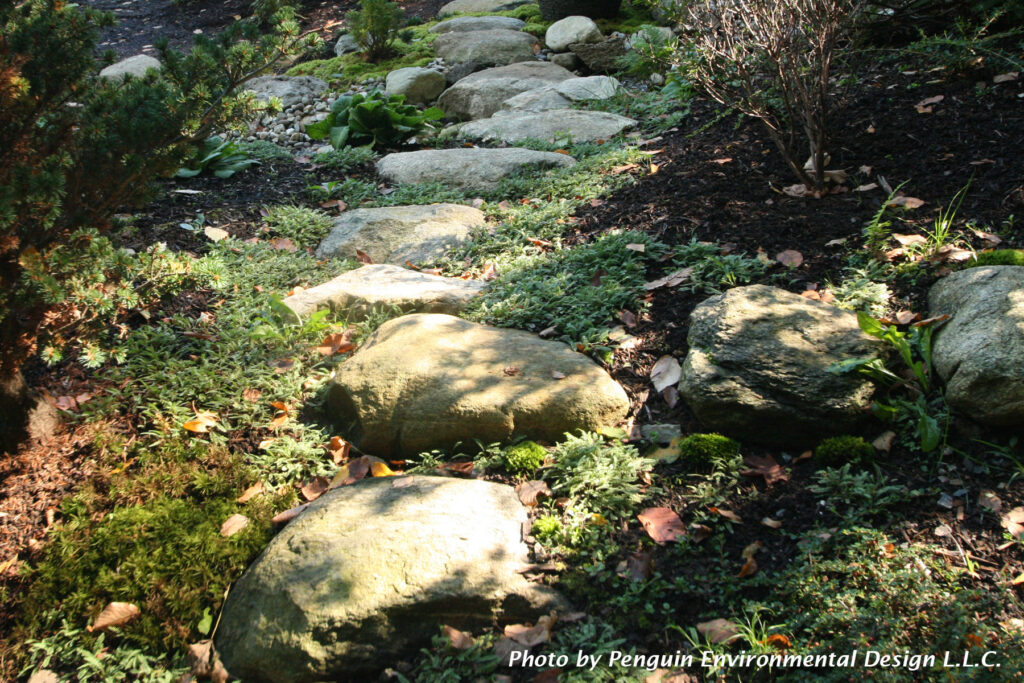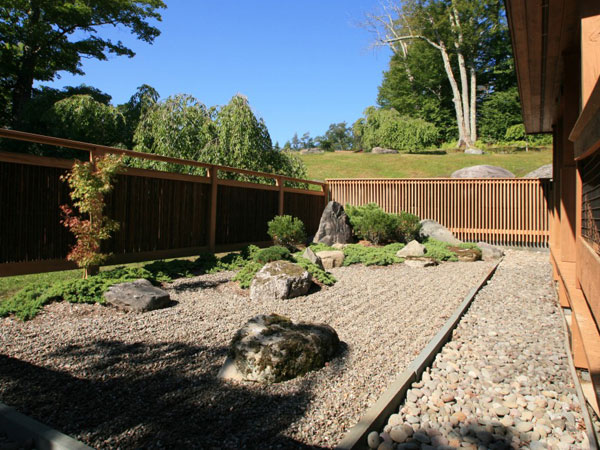“Meditative walk” is a way to ease stress and achieve mindfulness. Usually, normal walking makes us feel refreshed and relaxed. When we keep strides, our heart rates increase. But in the meditative walk, we move slowly to pay attention to every step. Such an intentional movement causes our heart rate down.
Some Christian churches have a pattern of labyrinths on the floors. Worshipers follow it traditionally. But, interestingly, I find the labyrinth used for a meditative walk for patients as the National Institutes of Health (NIH) does. According to “Effects of Reflective Labyrinth Walking Assessed Using a Questionnaire”, one of the NIH essays, the practice of labyrinth walking is a physical, emotional, and sensory experience.
We can find similar experiences in Japanese tea gardens. The tea gardens are designed for guests to walk through and reach tea houses. The main part of the tea garden is a path from a waiting pavilion to the entrance of a tea house. The natural stepping stones on that path are raised from the ground. It makes our walk slow. Before entering the tea house, guests stop by a water basin called chozubachi and purify their hands. We feel the time is longer than it is when we proceed this walk. But we notice that we calm down when we reach the tea house.

These days, everyone is obsessed to speed up in this information society. I think that is why mental health has become an important theme that we should address. So, we need a meditative walk more than ever.


